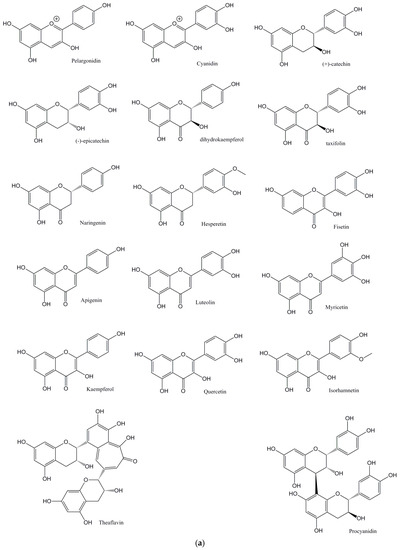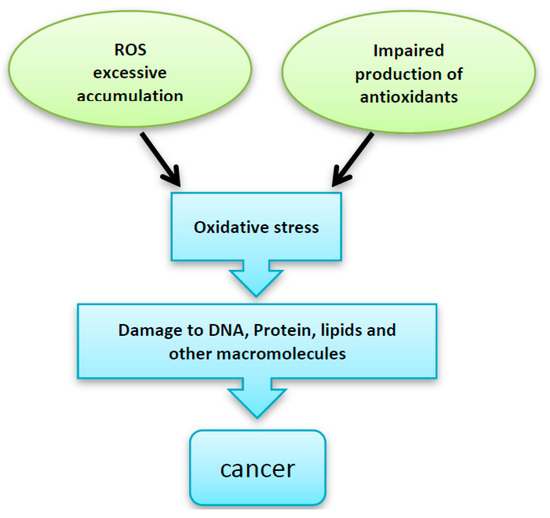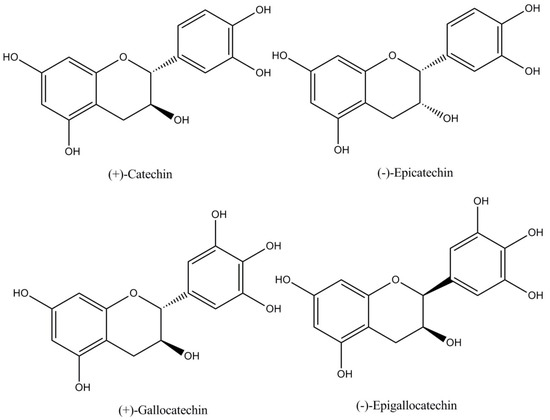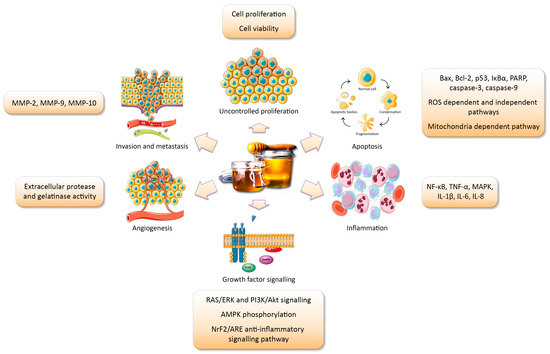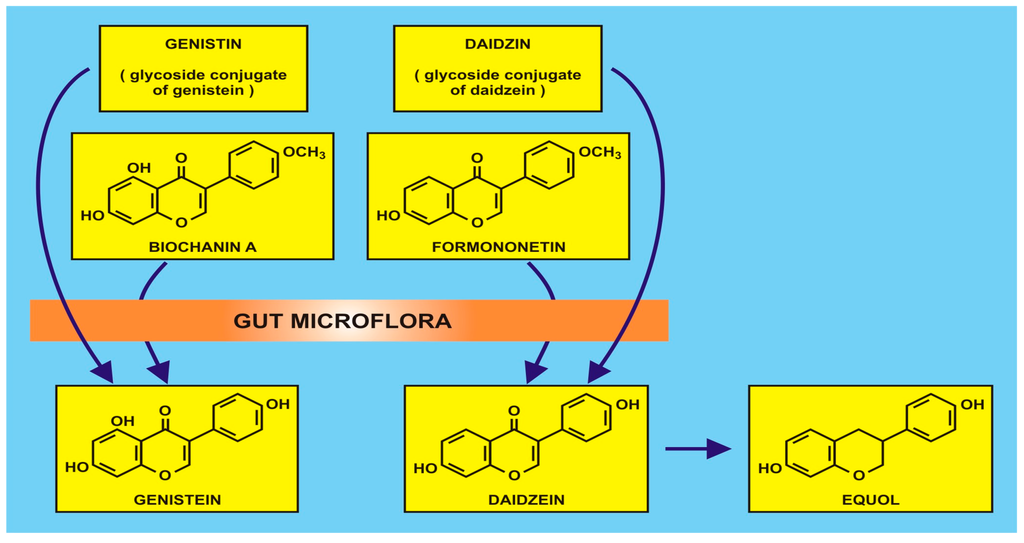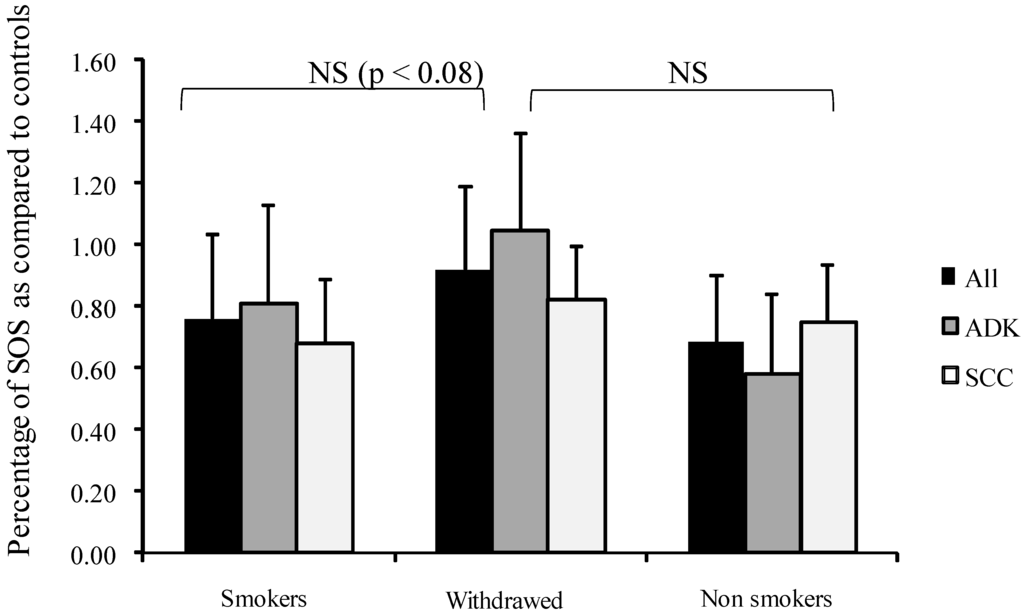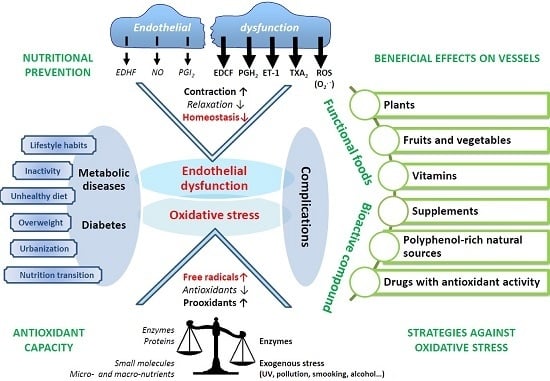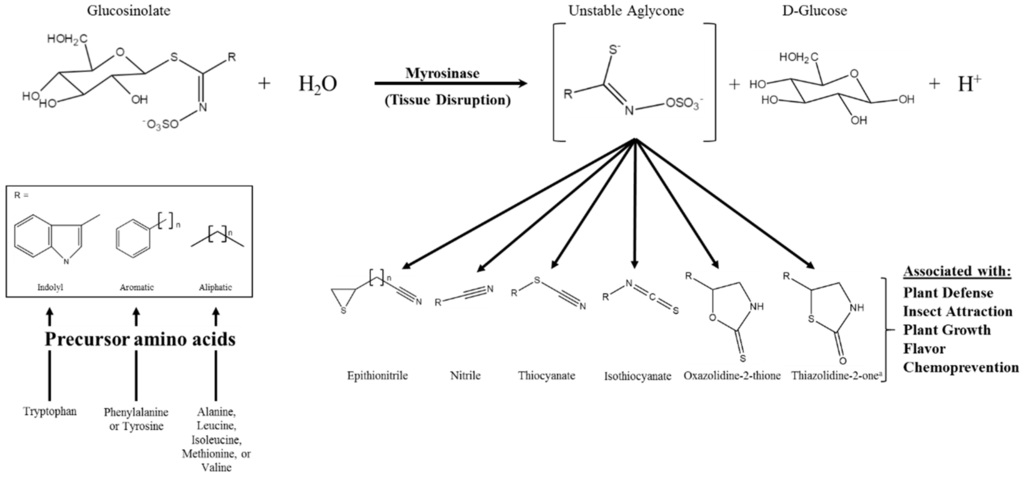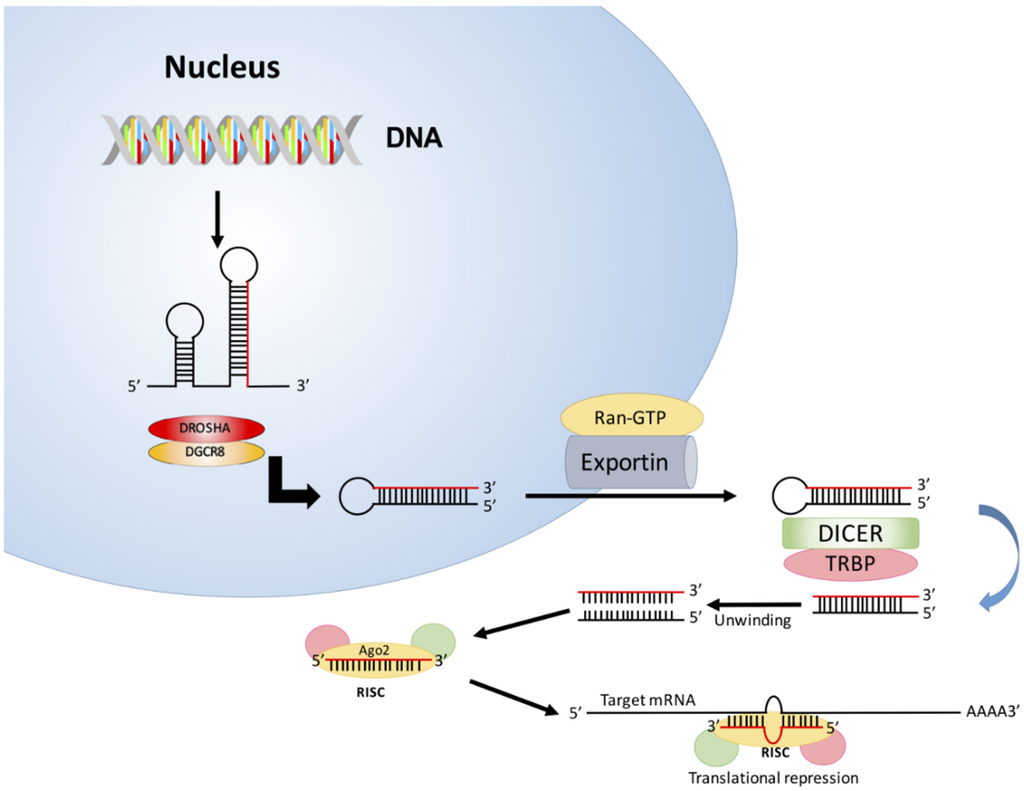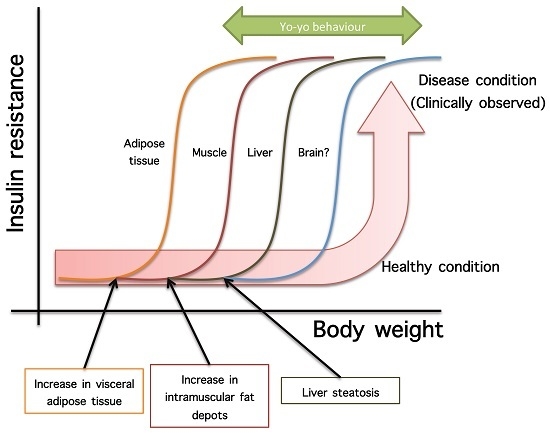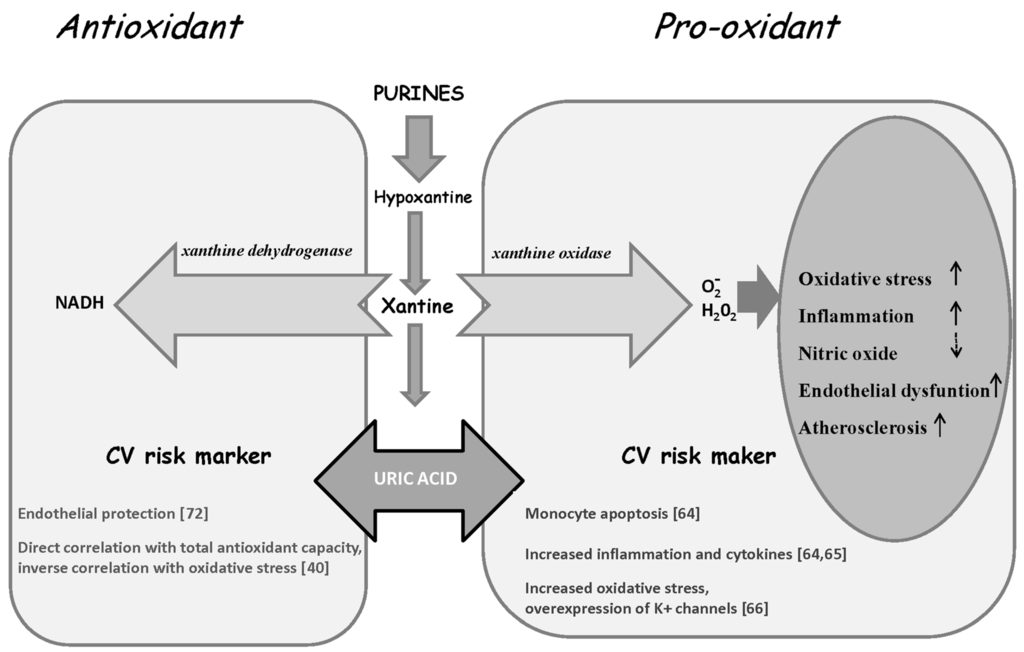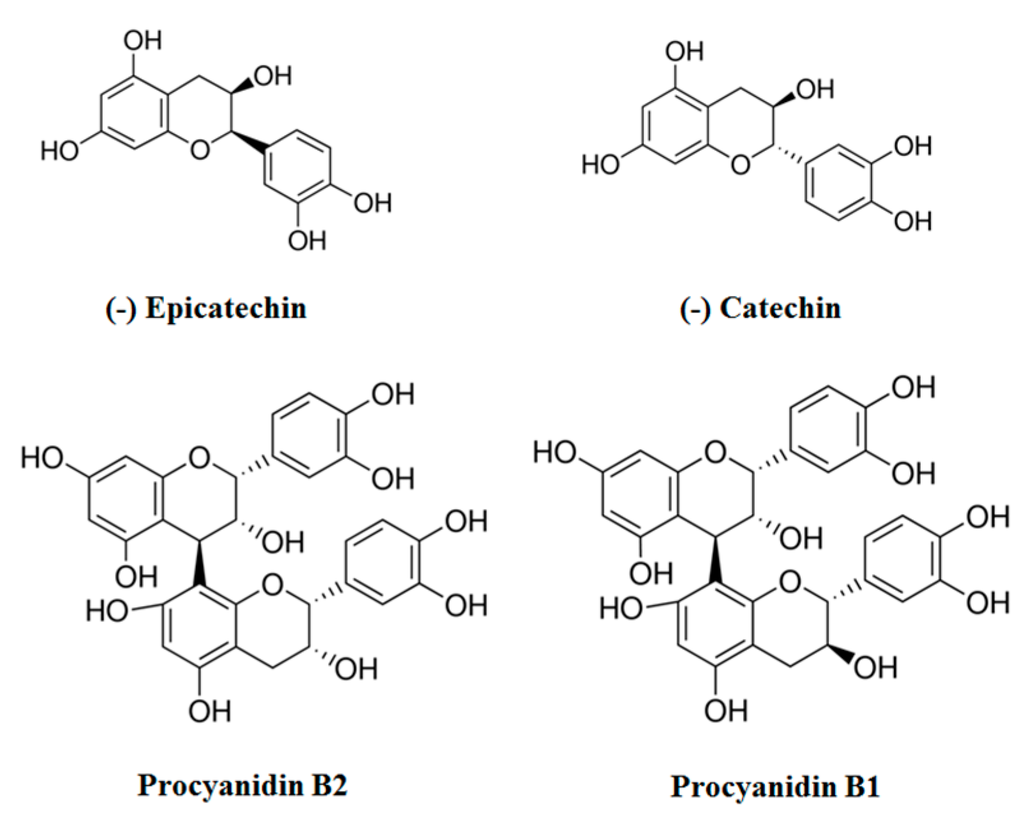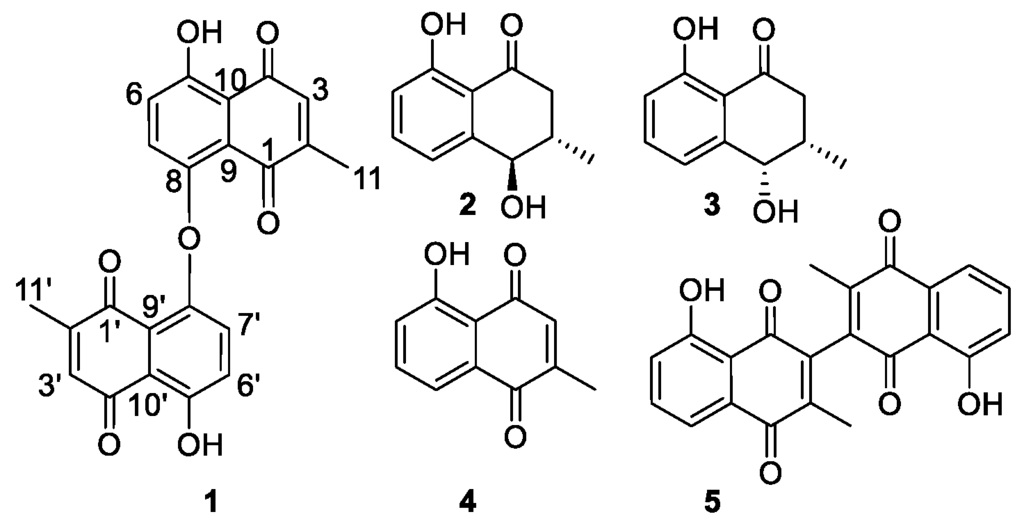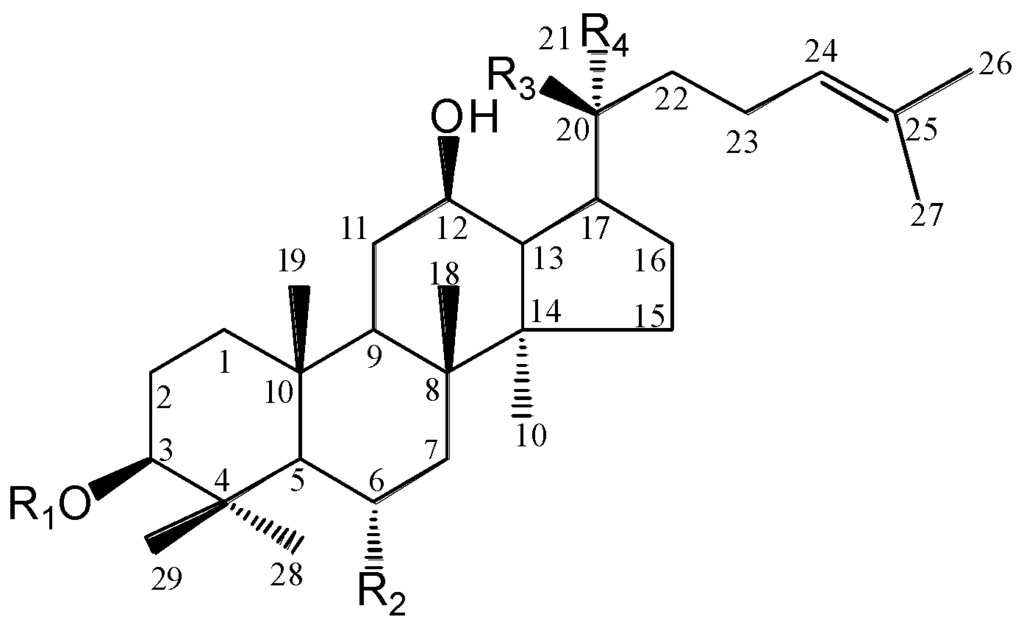Effects of Food Antioxidants on Cardiovascular Diseases and Human Cancers
A topical collection in Diseases (ISSN 2079-9721). This collection belongs to the section "Cardiology".
Submission Status: Closed | Viewed by 195535Editors
Interests: phenolics; antioxidants; metabolites; in vitro bioaccessibility; fruit and vegetable processing
Special Issues, Collections and Topics in MDPI journals
Interests: nutrition; periodontal diseases/periodontitis; oxidative stress; aging; mitochondrial function and diseases; berries (strawberry, blueberry, bilberry, cranberry, etc.); olive oil (dietary fats); honey; polyphenols; flavonoids; antioxidants; apoptosis
Special Issues, Collections and Topics in MDPI journals
Topical Collection Information
Dear Colleagues,
There is a growing interest in the new diet-health paradigm, which places more emphasis on the positive aspects of our diet. This has led to nutritional studies in which foods are being analyzed for their protective and disease prevention potential. Some foods have been reported to be capable of providing additional physiological benefits, including preventing or delaying onset of a range of chronic diseases, due to their potentially health-promoting antioxidant constituents. In particular, phytochemicals with antioxidant potential are well-reported to play role in reducing the consequences of oxidative stress in disease development and the aging process, and thus contribute to the overall health-protective effects of foods particularly, fruits and vegetables. The most thoroughly-studied groups of dietary antioxidants include the carotenoids (i.e., α-carotene, β-carotene, lycopene, etc.), phenolic compounds (i.e., flavonoids), and vitamins (A, C, and E). The ingestion of these biologically active components has been correlated with the prevention and lower incidence of several degenerative diseases including cardiovascular disease and certain forms of cancer. This Topical Collection will focus on the research studies either in vitro or in vivo, investigating the effects of antioxidants on cardiovascular diseases and human cancers.
Prof. Dr. Maurizio Battino
Dr. Esra Capanoglu
Collection Editors
Manuscript Submission Information
Manuscripts should be submitted online at www.mdpi.com by registering and logging in to this website. Once you are registered, click here to go to the submission form. Manuscripts can be submitted until the deadline. All submissions that pass pre-check are peer-reviewed. Accepted papers will be published continuously in the journal (as soon as accepted) and will be listed together on the collection website. Research articles, review articles as well as short communications are invited. For planned papers, a title and short abstract (about 250 words) can be sent to the Editorial Office for assessment.
Submitted manuscripts should not have been published previously, nor be under consideration for publication elsewhere (except conference proceedings papers). All manuscripts are thoroughly refereed through a single-blind peer-review process. A guide for authors and other relevant information for submission of manuscripts is available on the Instructions for Authors page. Diseases is an international peer-reviewed open access monthly journal published by MDPI.
Please visit the Instructions for Authors page before submitting a manuscript. The Article Processing Charge (APC) for publication in this open access journal is 1800 CHF (Swiss Francs). Submitted papers should be well formatted and use good English. Authors may use MDPI's English editing service prior to publication or during author revisions.
Keywords
- antioxidants
- health
- cardiovascular diseases
- cancer
- in vivo studies
- in vitro studies







